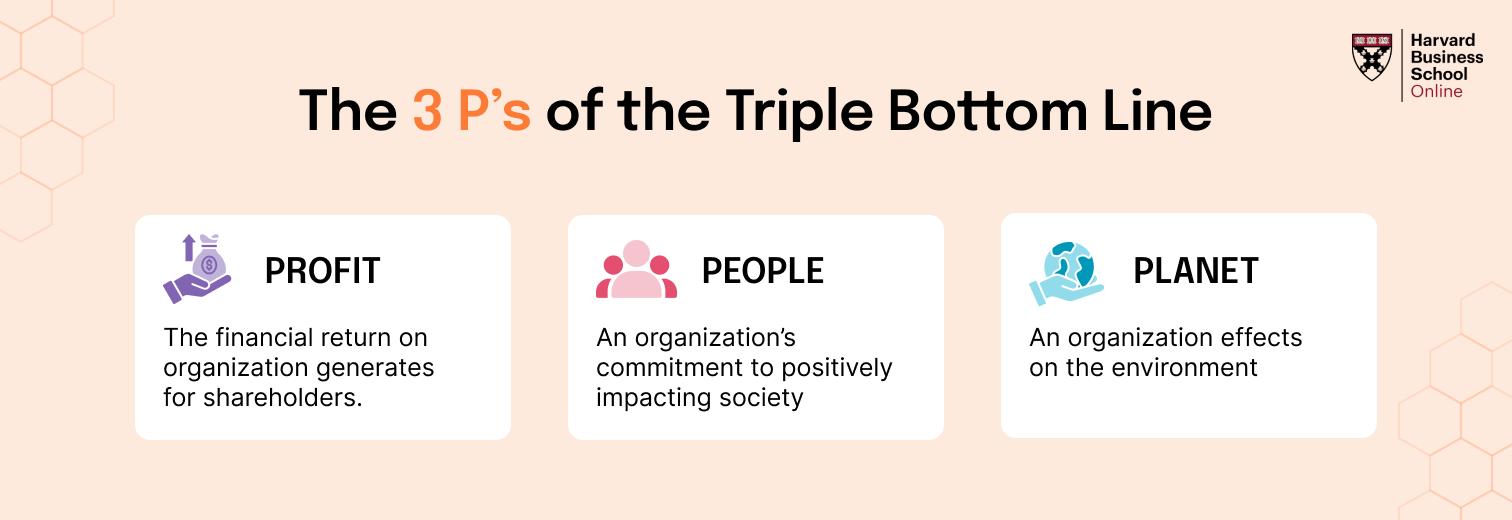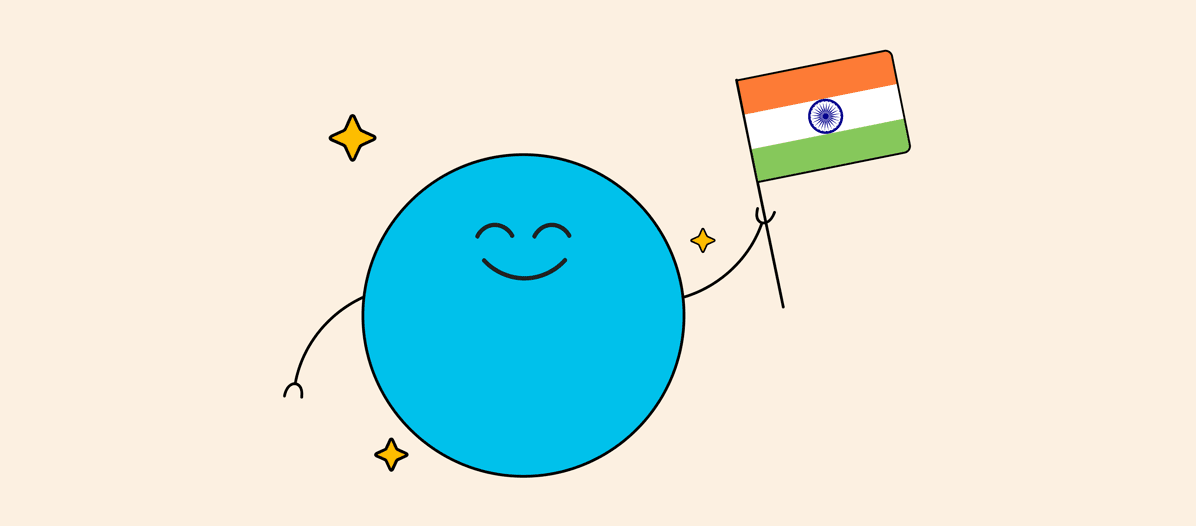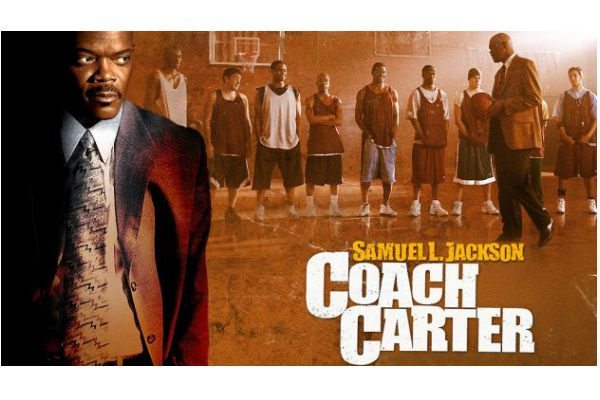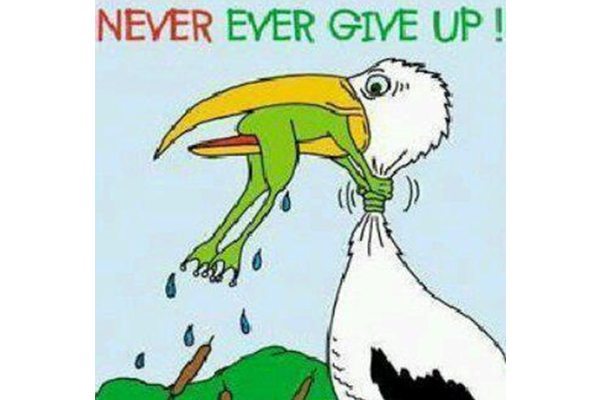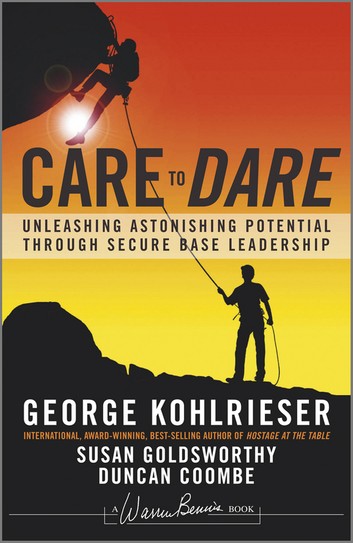Introduction
Table of Contents
If you are a manager and are looking for simple ways to coach your team and enhance their potential, Coaching Habit is a great book to pick up. Authored by Michael Bungay Stanier, Coaching Habit is a well–structured book, easy to read, understand, and apply.
The book first explains the need for managers to use coaching in their everyday conversations. Usually, a manager tends to get caught up in three kinds of vicious cycles, mentioned further ahead. As per the author, practicing coaching as a habit can help the manager break these cycles. The three negative cycles are as follows:
The Overdependence Cycle:
Building a coaching habit helps the team to be more self – sufficient by increasing their autonomy and sense of mastery.
The Overwhelming Cycle:
Building a coaching habit can help you regain focus so you and your team can do work that has a real impact.
The Disconnection Cycle:
Building a coaching habit can further help you and your team reconnect to the purpose of what you do. Coaching can help teams build the courage to step out beyond their comfort zone and familiarity.
The book then moves on to suggest seven essential questions that a manager can use to structure the coaching conversation. Let’s take a look at each question, the purpose it serves, and advantages.
The 7 Essential Questions
The book then moves on to suggest seven essential questions that a manager can use to structure the coaching conversation. Let’s take a look at each question, the purpose it serves, and advantages.
The purpose of this question is to invite the coachee to get to the heart of the matter and share what’s most important to them. Through this question, you show that you trust them and the coachee has the autonomy to make the choice. At the same time, the question maintains focus on what’s most important.
The advantage of this question is that it prevents the conversation from going haywire. Usually, a coaching conversation not started well could digress into an extended small talk or some default assumptions without getting into the heart of it. The book further suggests that we can deepen our focus by using the 3P framework to identify the ‘heart of the matter’
The 3Ps of this framework being :
Projects :
This is the work at hand. It could be issues related to resources, approvals, etc.
People:
This is linked to the people the coachee is working with, more specifically the relationships that affect their work.
Patterns:
This includes observable patterns of behavior and practices that are hindering progress. Often the hardest to discover, these often end up being the crux of all issues. It moves on to site a simple example – What is the most difficult thing to do when someone tells us what’s on their mind? It’s controlling the ‘Advice Monster’ in us, which further leads us to our next question –
The A.W.E Question:
And What Else?”

It has 2 distinct advantages – first and foremost, it curbs our inner ‘Advice Monster’ from jumping in to provide solutions to the coachee as soon as he/she has told us what’s on their mind. Secondly, it opens up channels for more insights, more wisdom, and more possibilities. This question is not only useful at this point of the coaching conversation but can be used along with the other questions too.
Paul Nutt conducted rigorous research wherein he studied the outcomes of 168 decisions made within organizations. He found that in 71 % of the decisions, the choices preceding the decision was binary – basically – should we do this or not? He also concluded that decisions made with binary choices had a failure rate greater than 50 percent. This is how the A.W.E question proves to be useful by providing multiple insights to work with.
The A.W.E question can sometimes open up the Pandora’s box of issues. This brings us to our next question, which is the “Focus Question.“
To be continued
However, in the spirit of keeping this short, interesting, and also to give you time to process the lessons you have learnt so far, I would like to continue the learnings received in Part 2 of this series. While you wait for the next insightful article, I hope you sit and reflect on the values and questions shared so far with a hot cuppa of your favourite beverage. (A chilled beer wouldn’t be too bad an idea, either.)
See you on the other side of this series!







